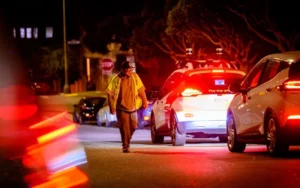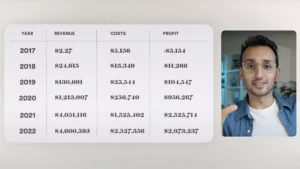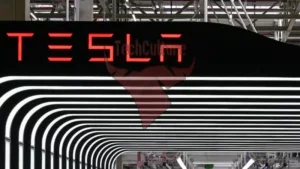Nibras Muhsin, MBA | Blockchain Industry Analyst

In crypto, consensus mechanisms are tools that incentivize the users to secure the transactions and network by giving an amount of the native currency in return for maintaining the integrity of the chain. The most popular and widely used of all is the algorithm Proof-of-Work.
Proof of Work
Proof of Work is a mechanism first adopted by Bitcoin in which each transaction is coupled with a cryptographic puzzle that the miners compete to solve. The miner that first solves the puzzle gets the reward and the validators validate the solution after which the transaction is added to a block.
While Proof-of-Work is deemed to be the most secure and effective of all, it is not very energy efficient. As the mining difficulty of a currency increases with time, the demand for computing power increases which translates to electrical energy.
Proof of Stake
Proof of Stake is a much more energy efficient algorithm which makes miners stakeholders in the network. Here, the mining power is equal to the number of coins that a miner holds. This algorithm is also more secure than Proof of Work as it structures the incentives in such a way that an attack is not advantageous for the miners.
Proof of Burn
Proof of Burn explained in a simple way is where validators burn coins by sending them to an inaccessible address. This burning earns them the chance to mine the currency based on a random selection method.
This algorithm is termed as partially centralized since it gives the chance to miners who are willing to burn more of the currency than others.
Proof of Capacity
In this algorithm, validators are selected for having a unique attribute: hard drive space. The more space a validator has, the more chances he has to mine a block to get rewards.
To make sense of what this algorithm does, let’s take a brief look at the functionality. The disk space can be used to store the solutions of mining problems before the mining activity starts. The bigger the disk space, the more the chance a miner has to have the solution. This works more or less like a lottery, where if you have more lottery tickets, you have more chances to win.
All in all, all the consensus algorithms are made to incentivize users to mine in the most decentralized way. Since a truly randomized picking algorithm does not exist, miners can not have random pickings to mine the block and earn rewards. So, projects are coming up with creative ways how miners can contribute to the system by validating while not using a lot of resources to get rewards in return.






